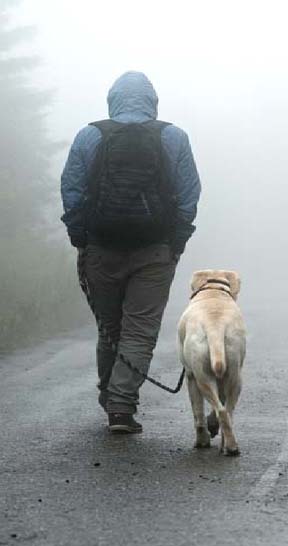Call (602) 253-6200 for More Information or a No Obligation Quote
Pet Cooling Systems for Outdoor Patios
Dogs release heat primarily by panting and they sweat through the foot pads and nose. If a pet cannot effectively expel heat, the internal body temperature begins to rise. Once the pet’s temperature reaches 106°, damage to the body’s cellular system and organs may become irreversible. Unfortunately, too many dogs (or cats) succumb to heat stroke when it could have been avoided. Learn how to recognize the signs of heat stroke and prevent it from happening to your pet.” (Website article on “Heat Stroke in Dogs”)
Have you ever watched your cat on a hot day, when you were looking for a way to cool down, and wondered how cats sweat? Cats do have some sweat glands, but their skin is covered in fur, so this minimizes the amount of cooling the sweat can provide. The paw pads have the most sweat glands. You may see damp footprints from your cat walking on a hard surface in the summertime. Cats also lick the fur over their bodies to distribute saliva that will evaporate to cool them, much like sweat would do. Cats “beat the heat” mostly by resting in the shade, spreading their body out on a cool surface, and not exerting themselves.” (www.cathealth.com ) Otherwise, they respond in the same manner as dogs to high summer temperatures.
Prevent Heat Stroke in Your Dog or Cat
There are many ways you can protect and prevent heat stroke in your pet.
NEVER leave your dog alone in the car on a warm day.
Avoid vigorous exercise on warm days.
Keep fresh cool water available at all times.
“Certain types of dogs are more sensitive to heat, especially obese dogs and
brachycephalic (short-nosed) breeds, like Bulldogs, Pugs, or Boxers.
Use extreme caution when these dogs are exposed to heat.” (Ibid)
Just like humans, dogs and cats require moisture in the air. Misting in areas where your dog will go helps to prevent heat stroke by lowering the temperature up to 30 degrees and by providing essential humidity in the air.
“Some pets can recover fully from heat stroke if it is caught early enough. Others suffer permanent organ damage and require lifelong treatment. Sadly, many dogs (and cats) do not survive heat stroke.” (Ibid)
Custom Designed and Installed PATIO MISTING SYSTEMS For Outdoor Pets
For top quality installation, accurate accessing of your pets’ cooling needs, and ongoing support, a MistAir designed and installed misting system for your unique needs is a smart way to go. Pet cooling, patio cooling, or pretty fog effects- all can be incorporated into one integrated system! Also, our team offers repair, maintenance, and upgraded services valley wide! Please call or contact us now for a free in home quote.
Indications of Heat Stroke in a Dog
- Increased rectal temperature (over 104° requires action, over 106° is a dire emergency)
- Vigorous panting
- Dark red gums
- Tacky or dry mucous membranes (specifically the gums)
- Lying down and unwilling (or unable) to get up
- Collapse and/or loss of consciousness
- Thick saliva
- Dizziness or disorientation
If You Suspect Heat Stroke
- Immediate action if required if there is even the slightest suspicion that your dog is suffering from heat stroke.
- Your dog must be moved out of the heat right away.
- Provide cool water for your dog. Place wet washcloths on the foot pads and around the head. DO NOT cover the body with wet towels, as it may trap in heat.
- DO NOT use ice or ice water! When the body temperature reaches 103.9°F, your dog’s body should continue cooling on its own.
- Even if your dog seems better, contact your vet.

